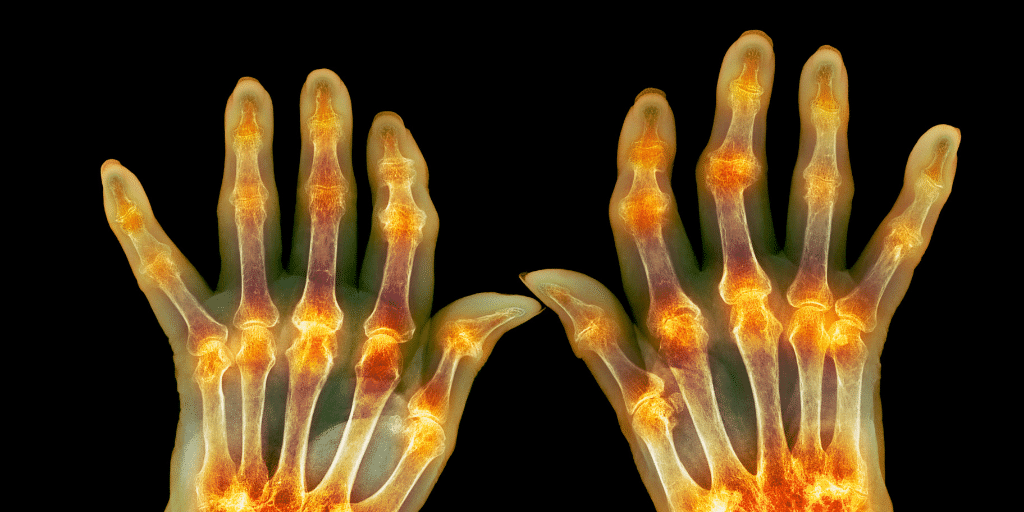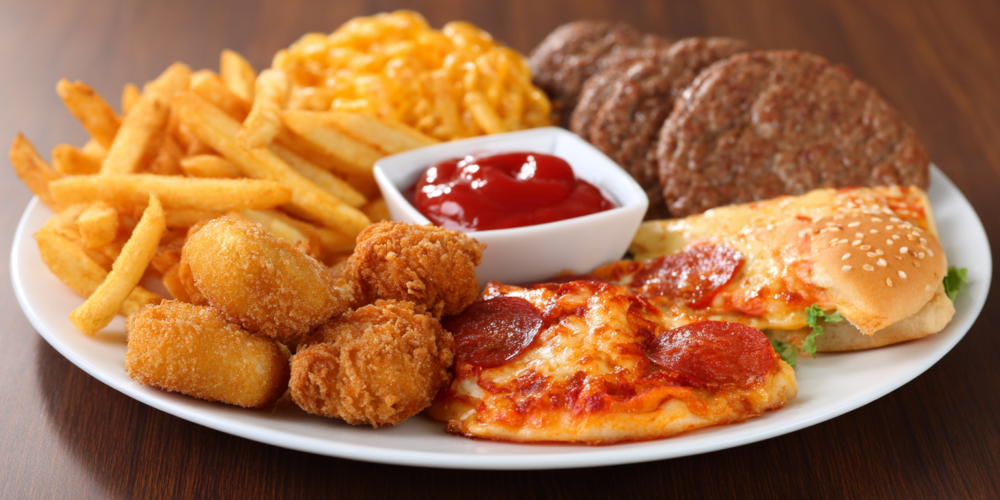
If you’ve been dealing with painful, stiff, swollen joints, what you eat can make a huge difference. Cutting out certain foods could mean less inflammation, fewer flare-ups, and maybe even a bit more freedom to move around. Let’s break down the top foods to avoid for healthier joints and overall well-being.
Key Takeaways:
- Ditch added sugars and refined carbs—they make pain and inflammation worse.
- Processed meats, salty foods, and unhealthy fats are not doing your joints any favors.
- Keep alcohol and foods high in purines (like red meats and shellfish) to a minimum.
- Read labels: hidden ingredients can sneak into your diet and make arthritis act up.
- Everyone is different—track what bothers you most.
Why Your Diet Matters When You Have Arthritis
For most people, arthritis means inflammation—the kind that causes swelling, pain, and reduced movement. Whether you have osteoarthritis (wear-and-tear of the cartilage) or inflammatory types like rheumatoid arthritis or gout, what you eat can change how you feel. If you’re overweight, even losing a few pounds can help take pressure off your joints.
The Top 10 Foods and Ingredients to Avoid

Here’s a rundown of the worst offenders when it comes to arthritis. Some you probably already know, but others might surprise you.
- Added Sugars: Think sodas, sweetened juices, pastries, cookies, ice cream, and candy. Even many processed or packaged foods have hidden sugars—check dressings, sauces, and breads. These spike your blood sugar and trigger inflammation.
- Refined Carbs: Foods made with white flour—like white bread, pasta, non-whole grain cereals, and some baked goods—have had their fiber and nutrients stripped away. They act almost like sugar in your body and make you hungrier, leading to weight gain.
- Salty Foods: Processed meals, chips, canned foods, and takeout usually contain loads of sodium. Too much salt leads to water retention, swelling, and can make high blood pressure and joint pain worse.
- Trans Fats and Saturated Fats: Margarine, packaged snacks, fried foods, and fatty cuts of red meat are loaded with the kind of fats that fuel inflammation. It’s better to choose leaner meats or plant-based fats.
- Excess Omega-6 Fats: While omega-6s are essential, having too many compared to omega-3s (found in walnuts, fatty fish, chia seeds) can tilt your body towards inflammation. Omega-6s are common in cheap vegetable oils and processed foods.
- Alcohol: Booze can irritate existing inflammation, interfere with medications, and make gout attacks more likely. It also adds empty calories, making it harder to manage your weight.
- High-Purine Foods: Red meats, organ meats (like liver), anchovies, sardines, and some shellfish cause your body to produce uric acid, which can form painful crystals in the joints (hello, gout!).
- Processed Meats: Sausages, bacon, deli meats, and hot dogs usually combine unhealthy fats, salt, and preservatives—ingredients linked with worse inflammation.
- Advanced Glycation End Products (AGEs): When you cook food at high heat (think grilling, frying, or roasting), sugars and proteins combine to make AGEs, which damage joint cartilage. Cooking with lower heat, like steaming or boiling, is better for you.
- Food Additives and Preservatives: Look out for flavor enhancers like MSG and nitrates, often found in processed meals, canned soups, and some meats. Some people report these trigger their symptoms.
What About Gluten and Dairy?
- Gluten: Unless you have celiac disease or a true gluten sensitivity, there’s no solid evidence gluten makes arthritis worse for most people. But if you notice your joints ache after eating wheat, it might be worth seeing if going gluten-free helps.
- Dairy: Unless you have a lactose allergy or intolerance, low-fat or skimmed dairy can actually support bone health. Some research says milk has mild anti-inflammatory effects, but if you feel worse after having dairy, try swapping in calcium-fortified plant milks.
Tips To Eat for Happy Joints

Instead of focusing just on what to cut, here are some positive eating habits you can adopt:
- Fill half your plate with vegetables and fruits. Go big on color and variety.
- Choose whole grains over white—think brown rice, whole wheat bread, oats.
- Eat fish (especially salmon, sardines, or trout) at least twice a week.
- Snack on nuts and seeds—great for omega-3s.
- cut back on processed foods as much as you can.
A simple table for reference:
| Foods to Avoid | Better Choices |
|---|---|
| Sugary soda, candy | Water, herbal teas |
| White bread, pasta | Whole grain versions |
| Red/processed meat | Chicken, fish |
| Chips, salty snacks | Fresh veggies, nuts |
| Fried foods | Steamed, baked meals |
Listen to Your Own Body
What triggers one person’s arthritis might not bother another! It’s a good idea to keep a food and symptom diary for a few weeks to spot patterns. If something’s making your joints flare up, swap it out.
And always remember—talk to your doctor before making any big dietary changes, especially if you’re on medication or have another health issue. There’s no magic food that will completely cure arthritis, but making smarter choices can help you feel your best each day.
Take care of your joints—they’ll thank you!

